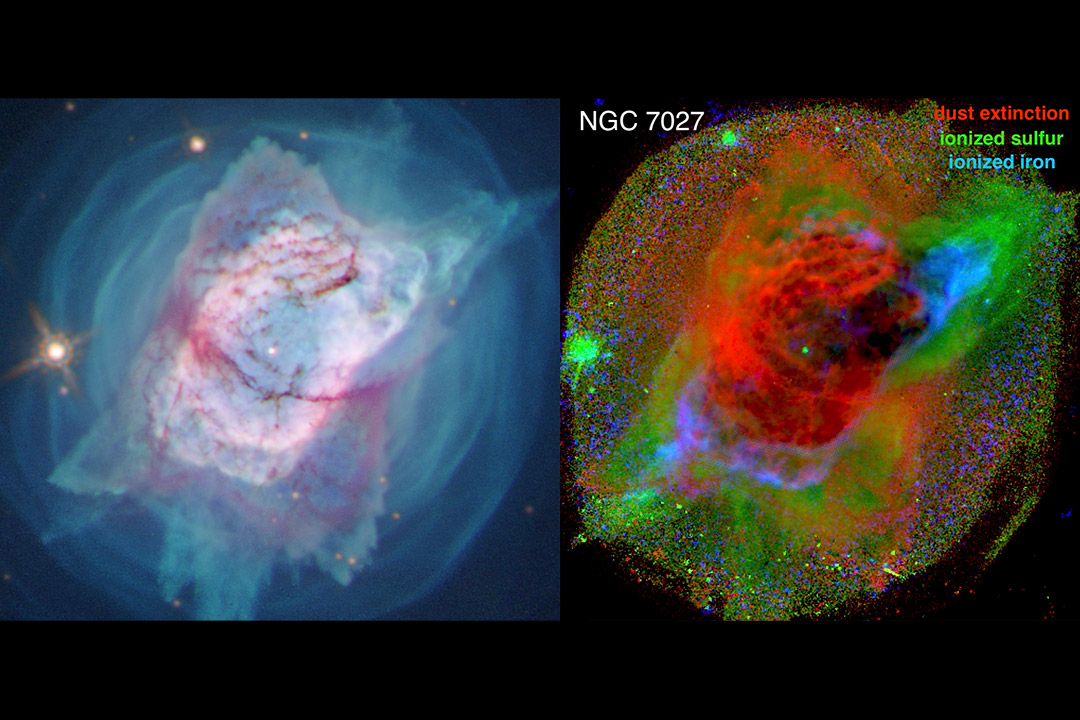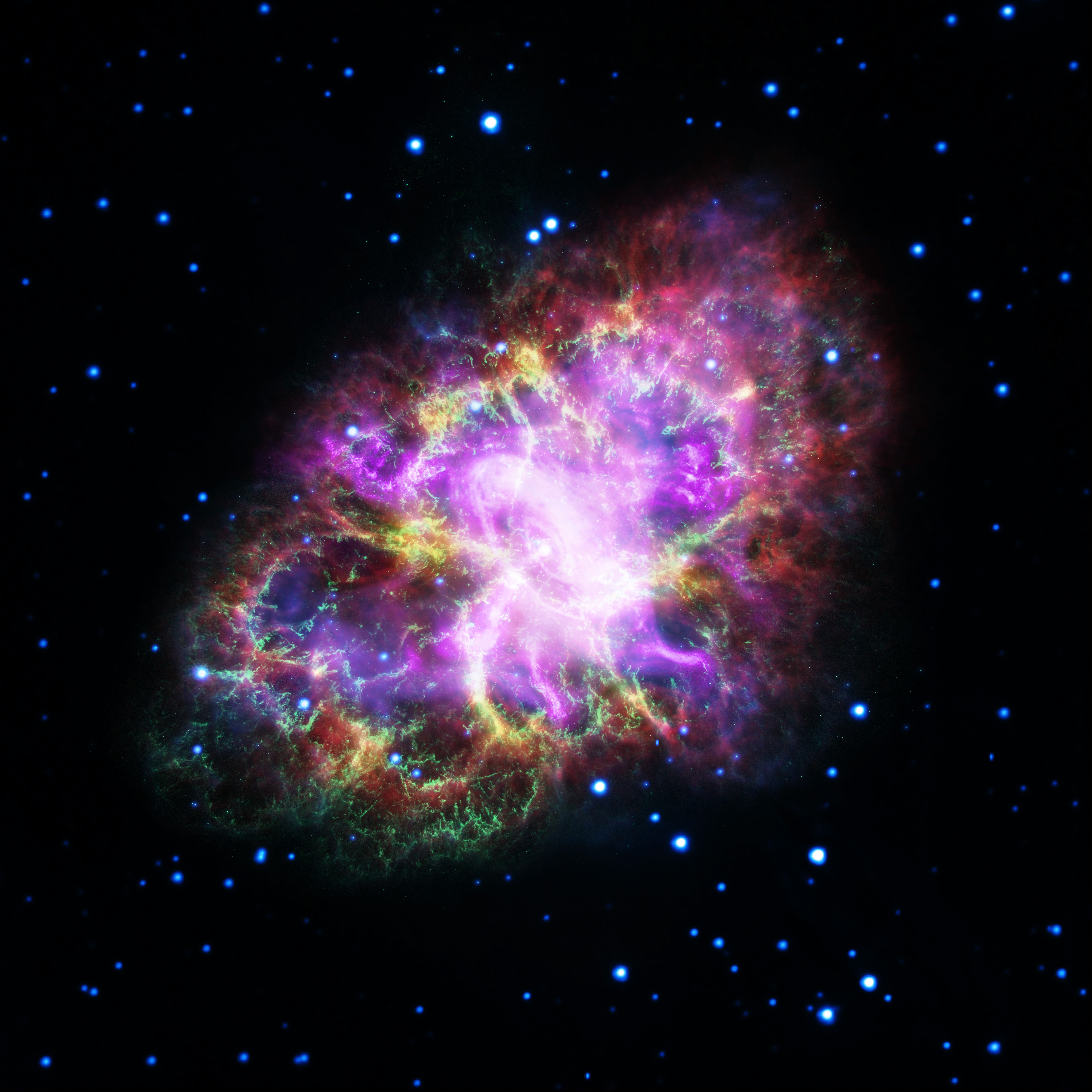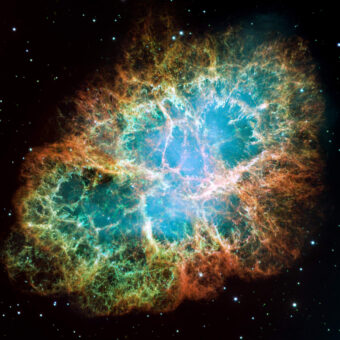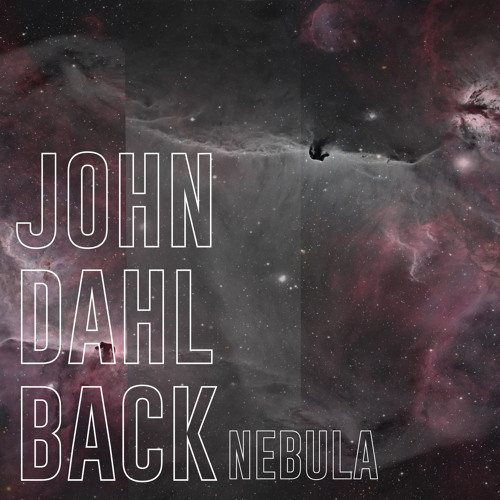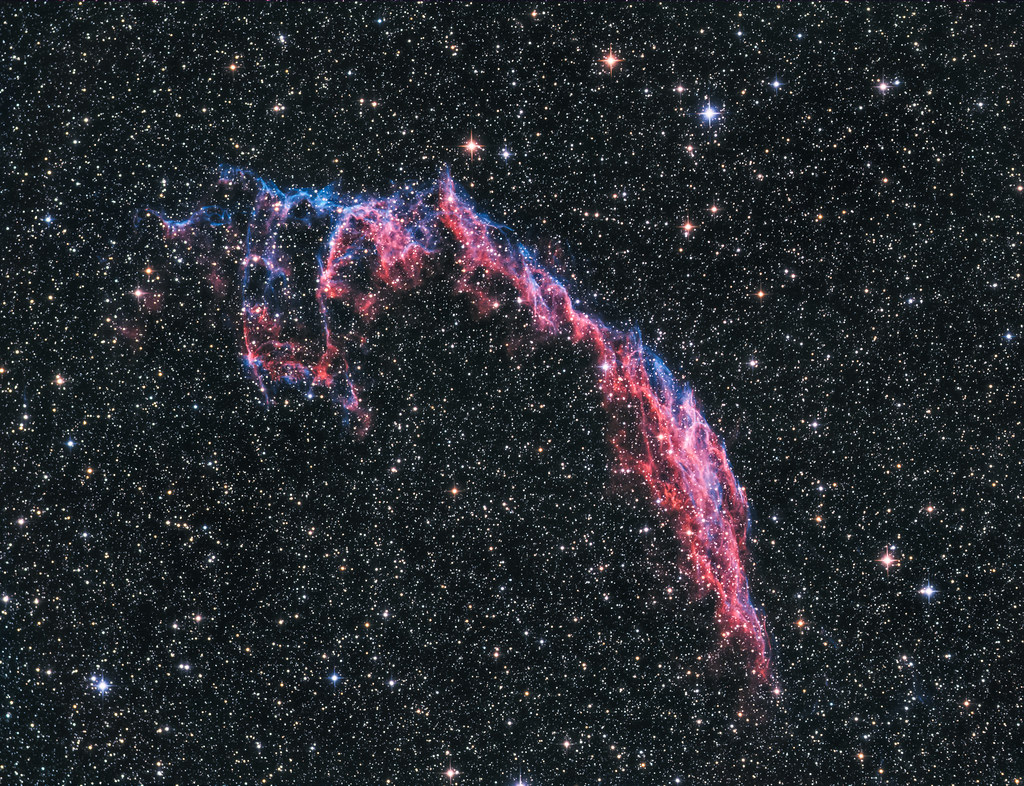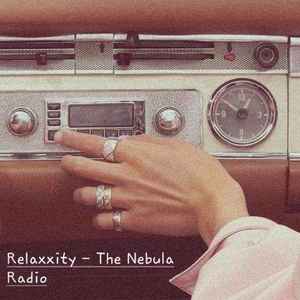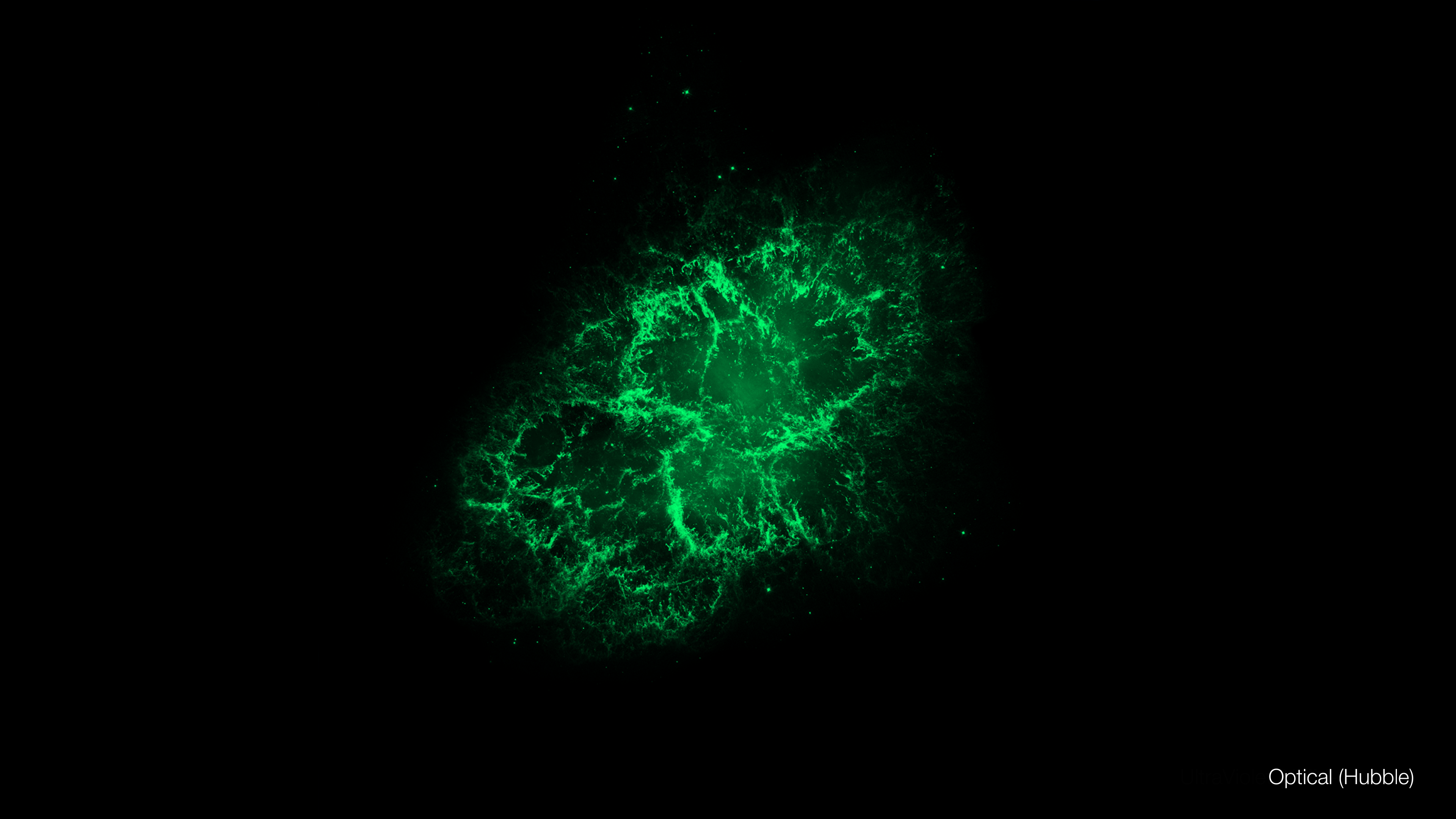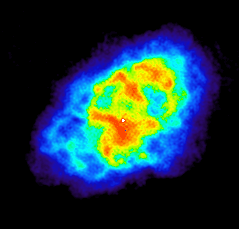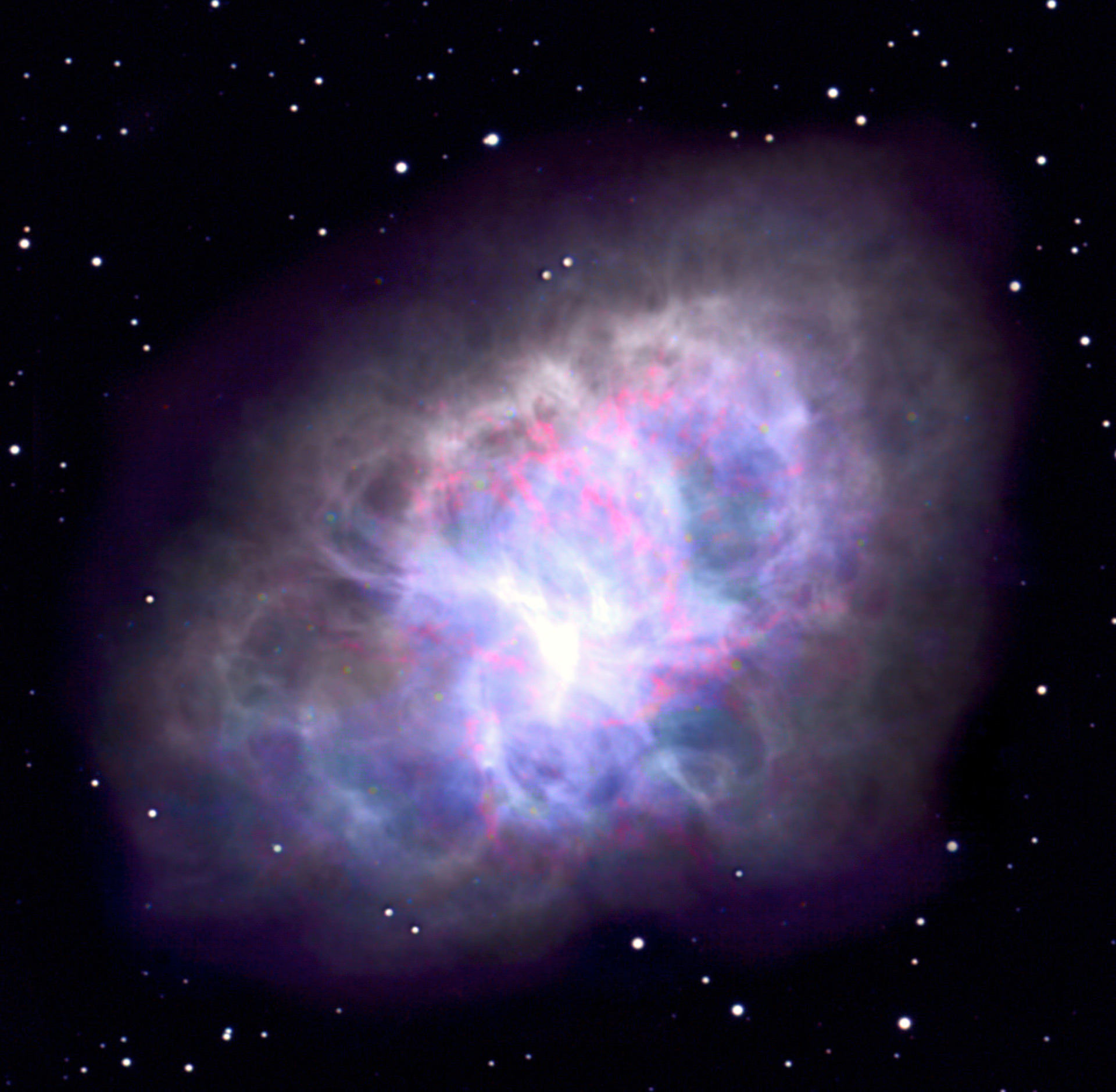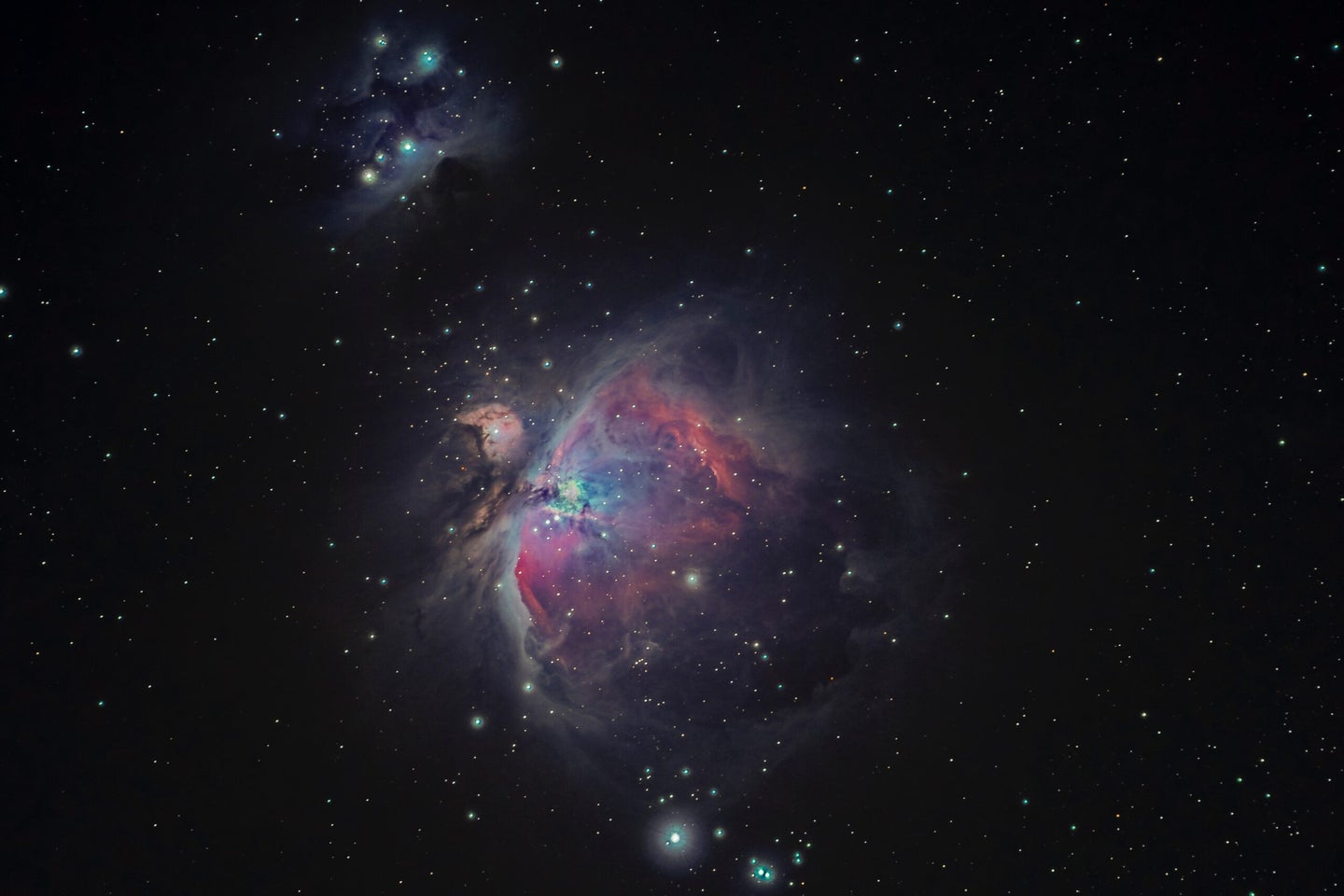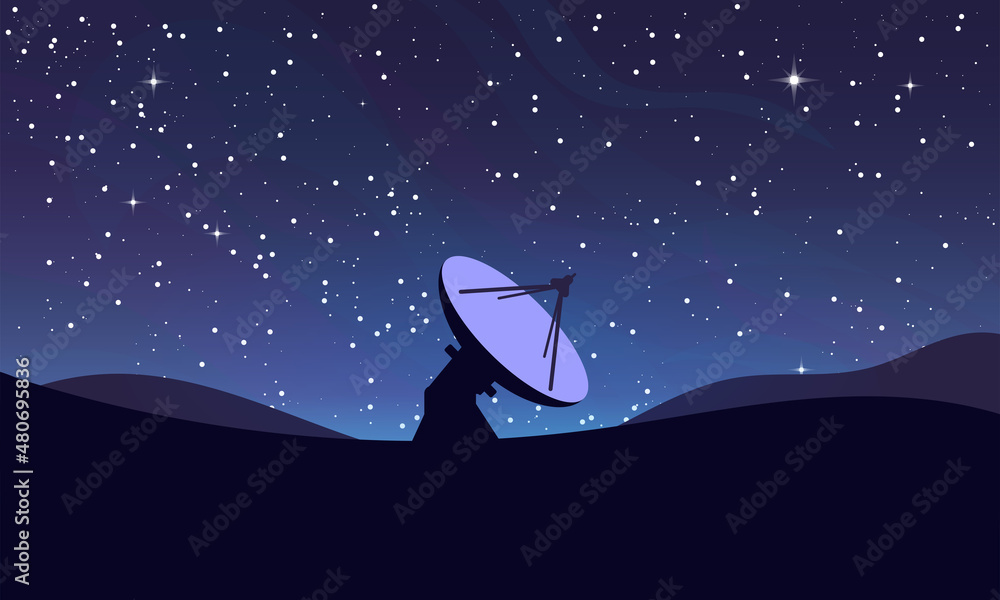
Vettoriale Stock Big radio telescope on a hills, with night starry sky. Milky Way and nebula, stars and blue sky. Radio astronomy and interferometer antenna. Science space radar. | Adobe Stock

The Crab Nebula in optical, radio, infrared, ultraviolet, and X-ray wavelengths Spectroscopy lesson- NAS… | Chemistry lesson plans, Crab nebula, Too cool for school
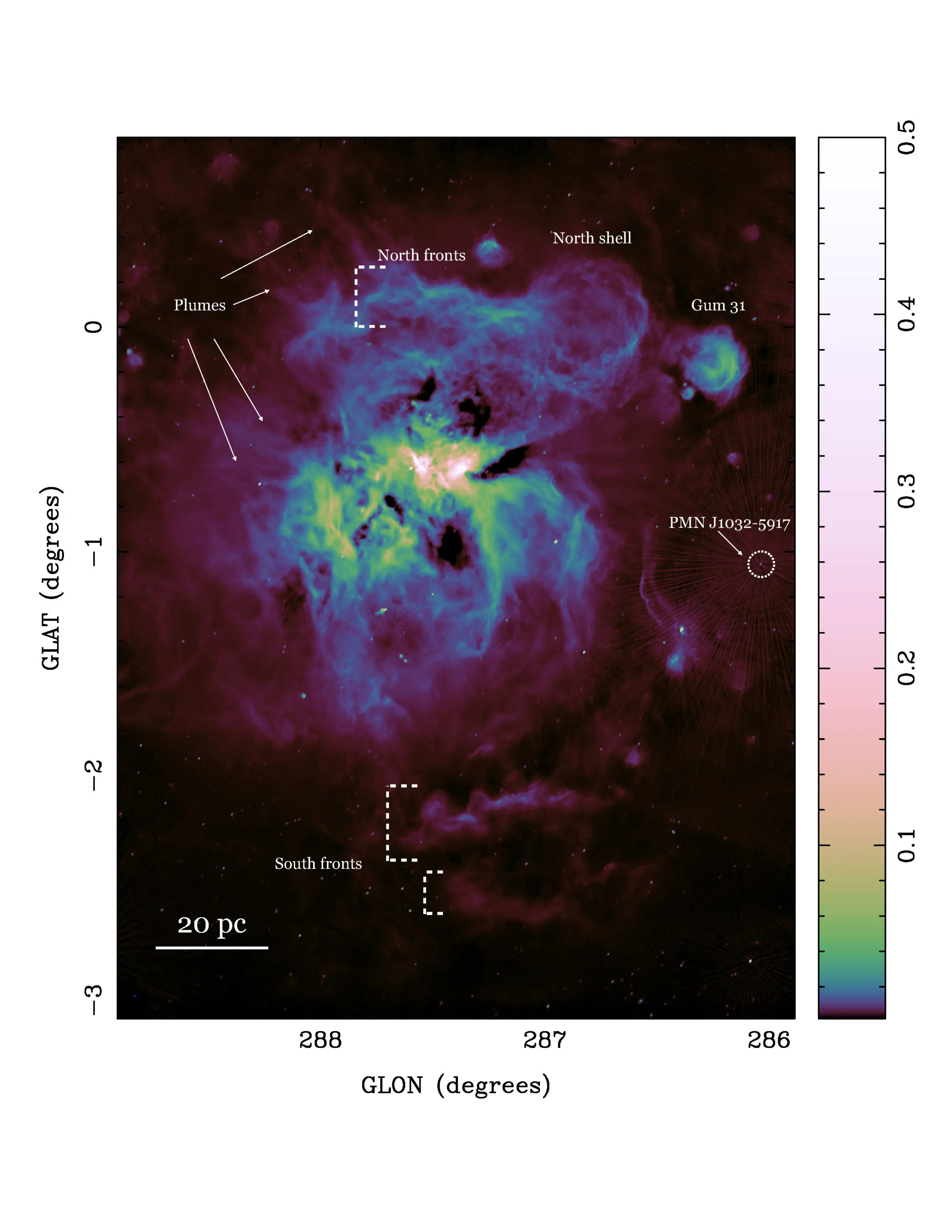
A detailed view of the ionized gas in the nearest region of massive star formation the Carina Nebula | ALMA

